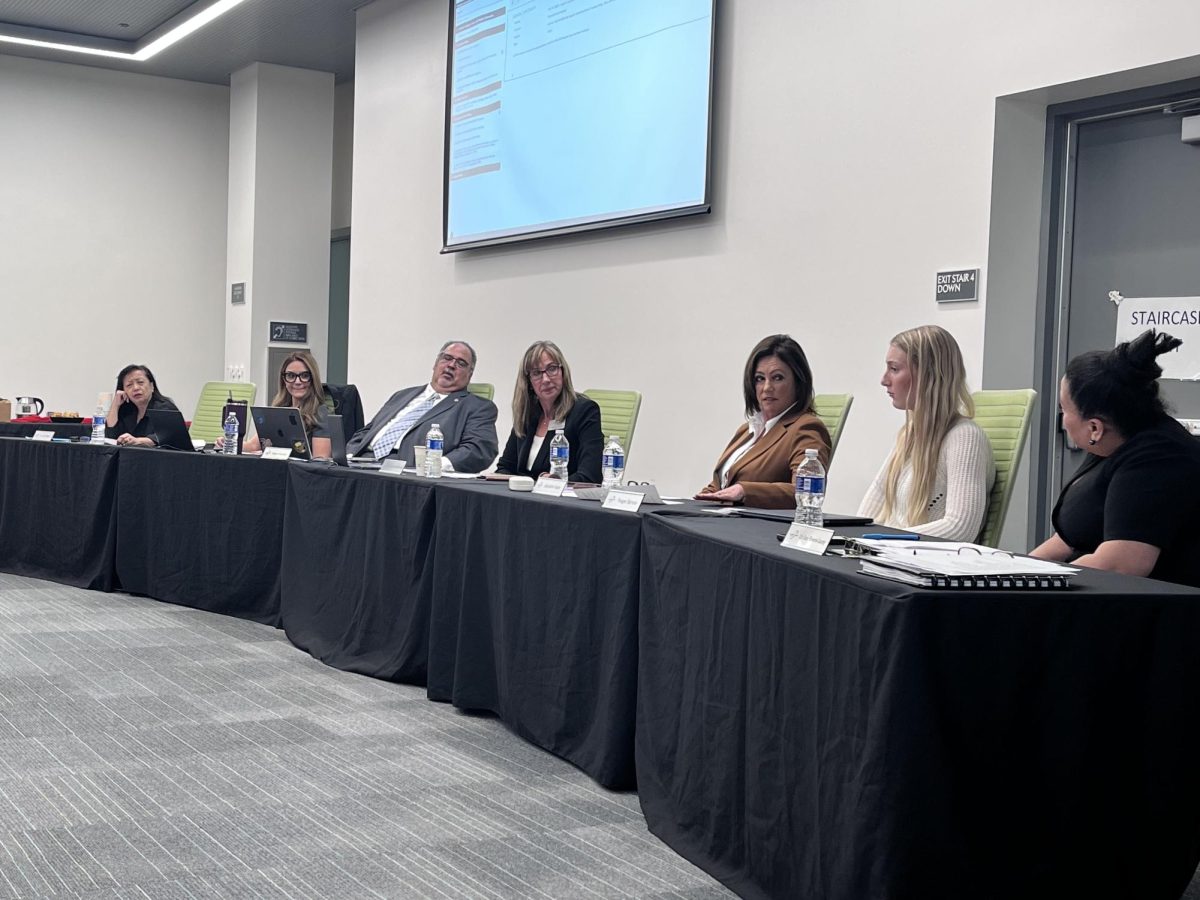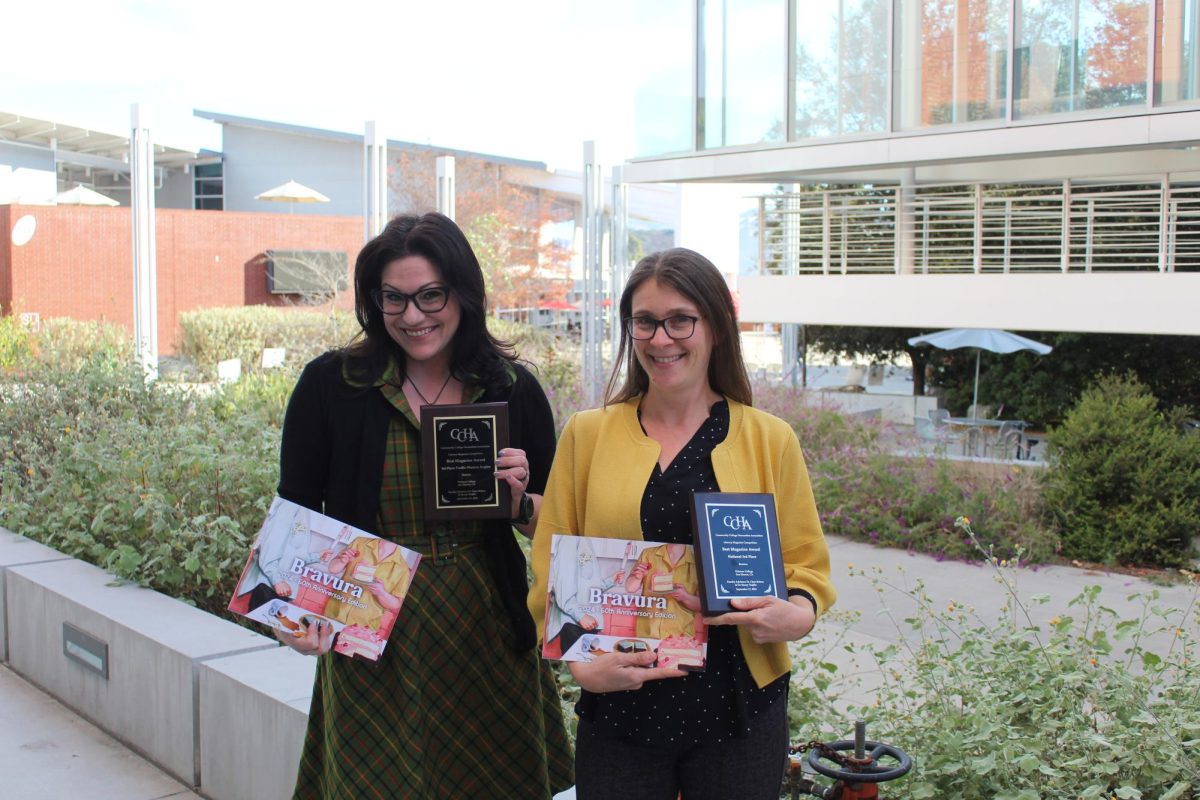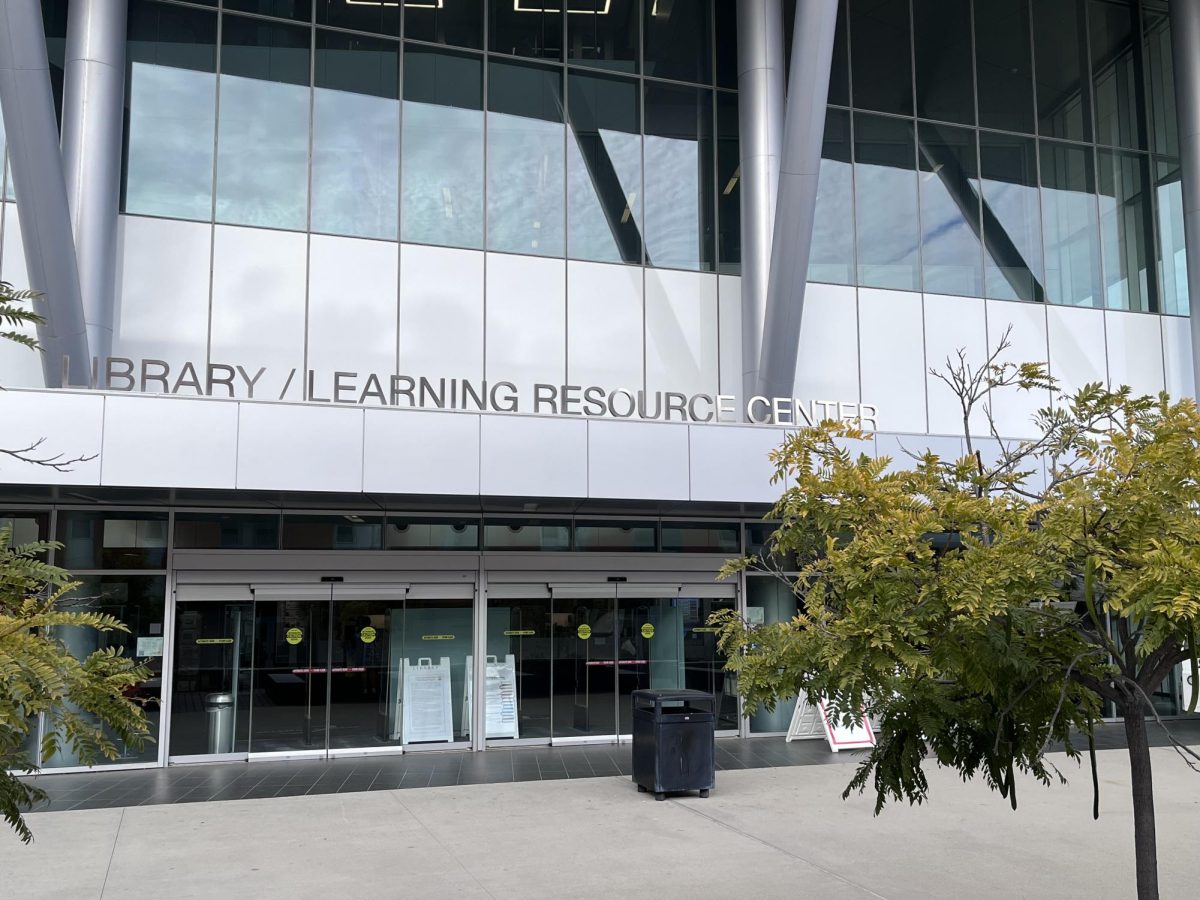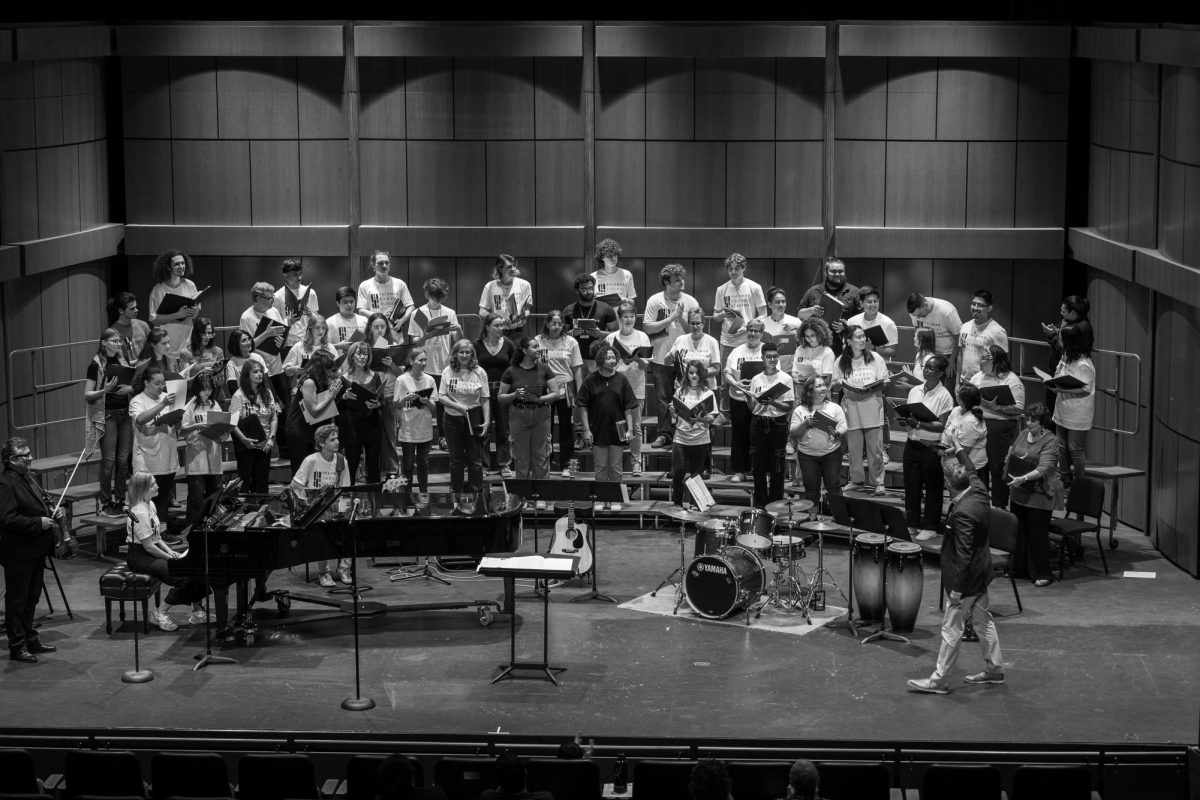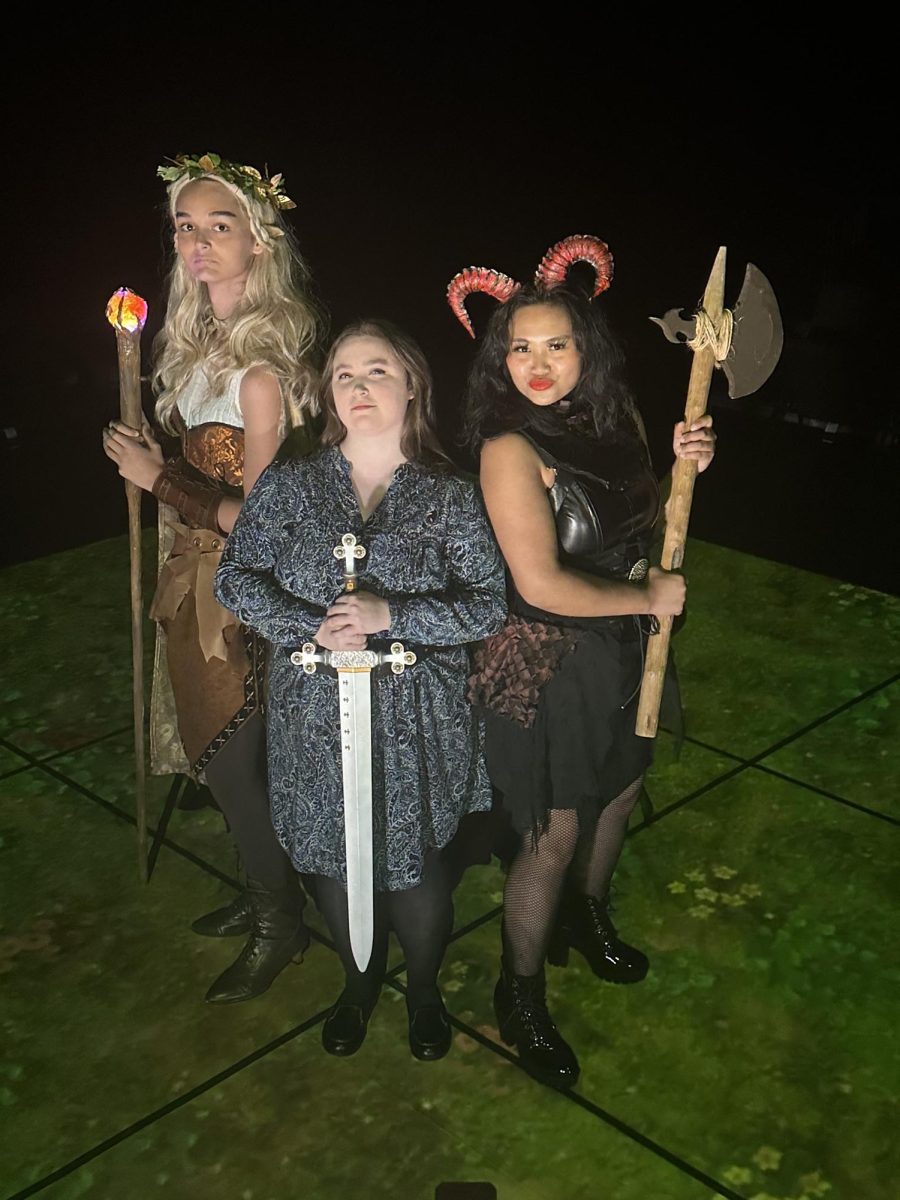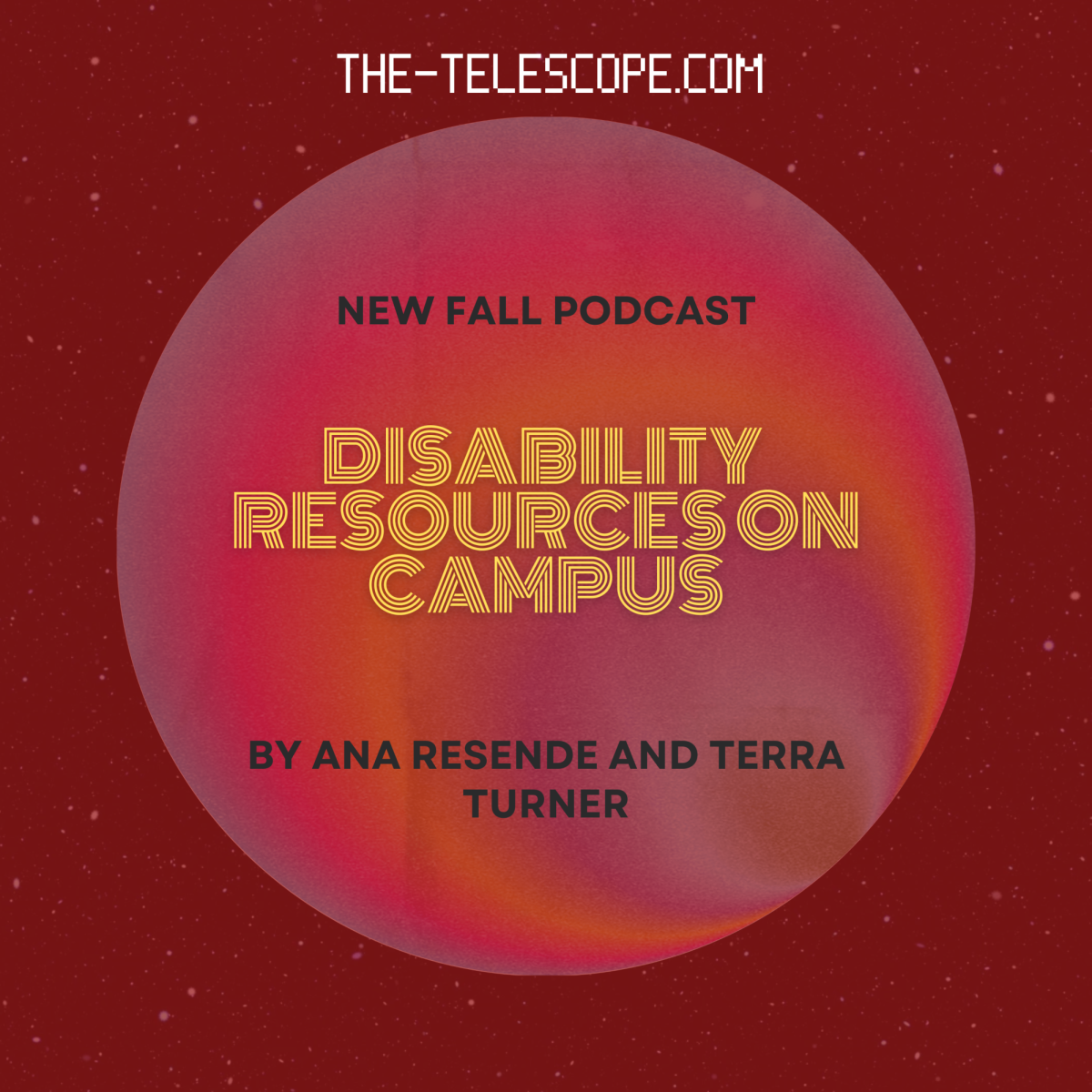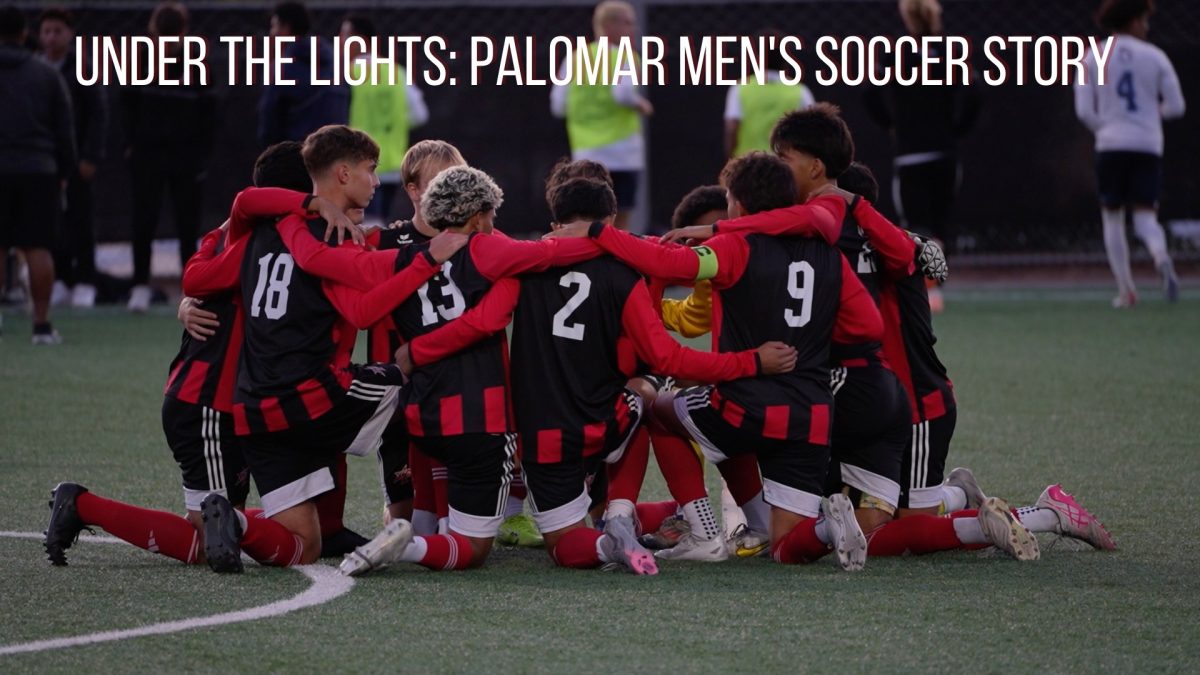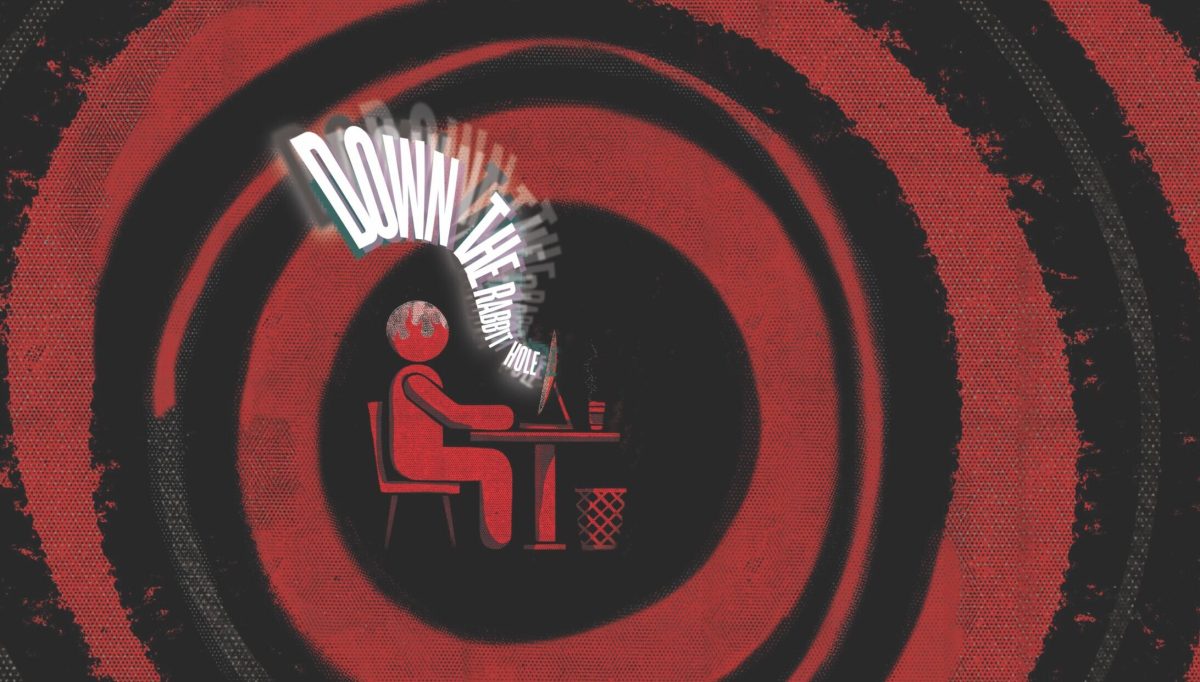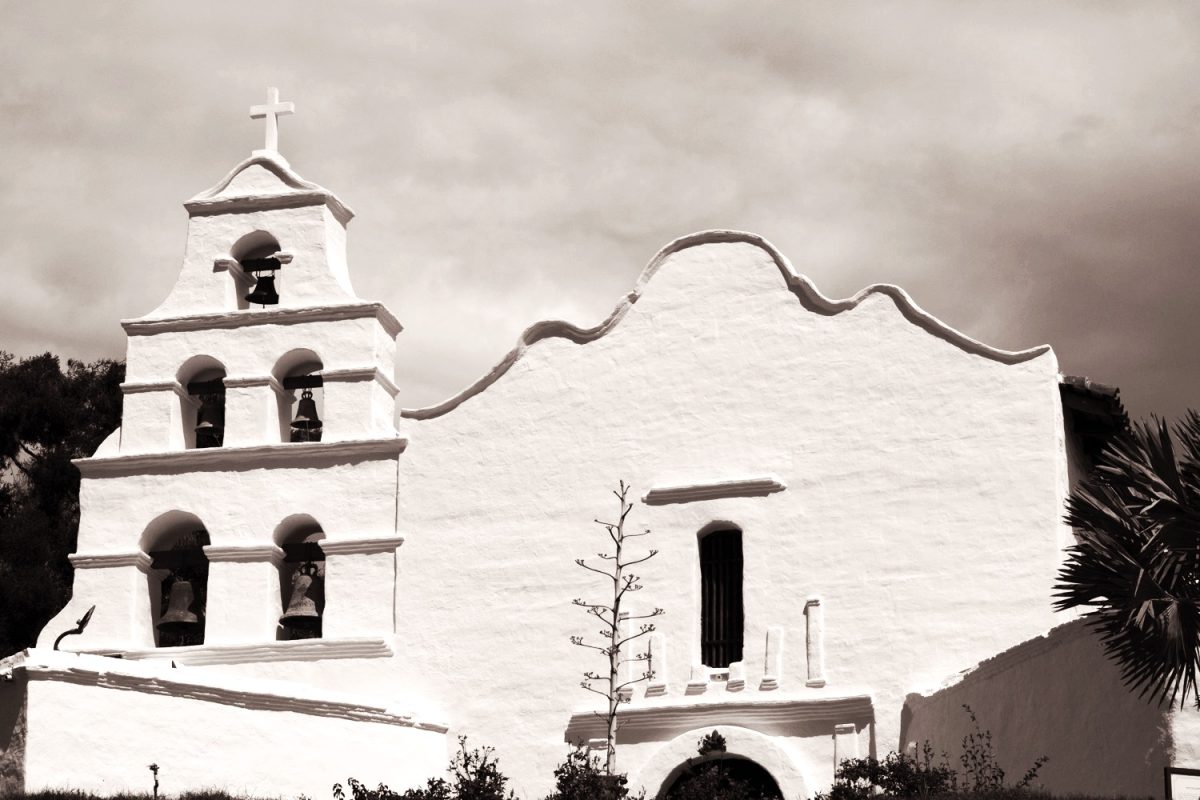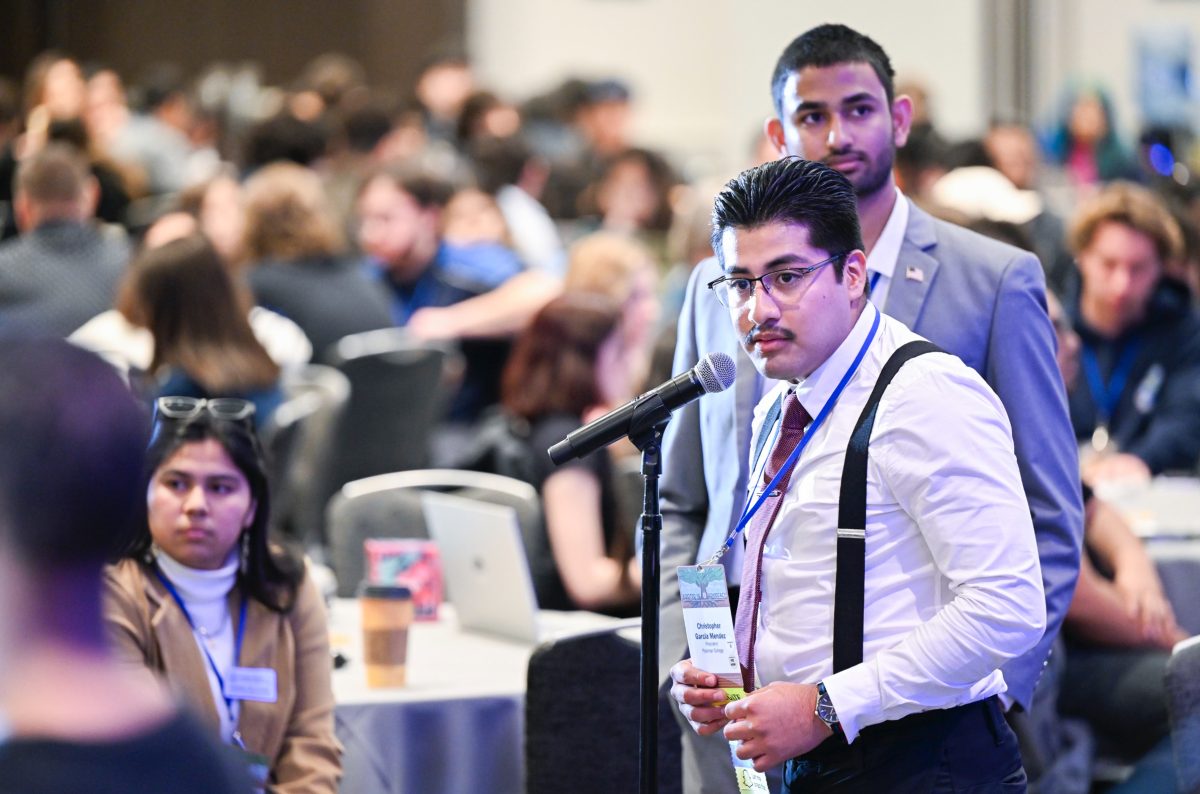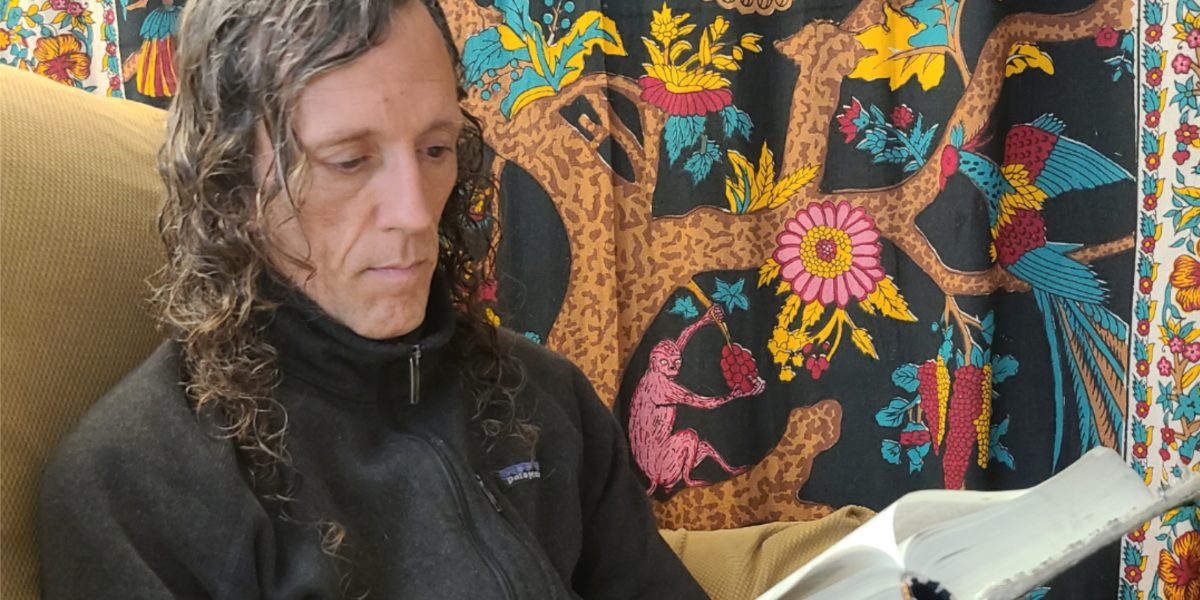The stories we tell, tell a story about us.
“I have a fourth grader. We were driving home the other day, and I always ask… what did you study in history?” said Catherine Christensen Gwin, PhD.
Gwin is a professor in Palomar College’s history department, and she is also a parent. Her son told her they learned the king of Spain wanted to have a road that connected all the missions. He said it was called El Camino Real. She notes this is untrue.
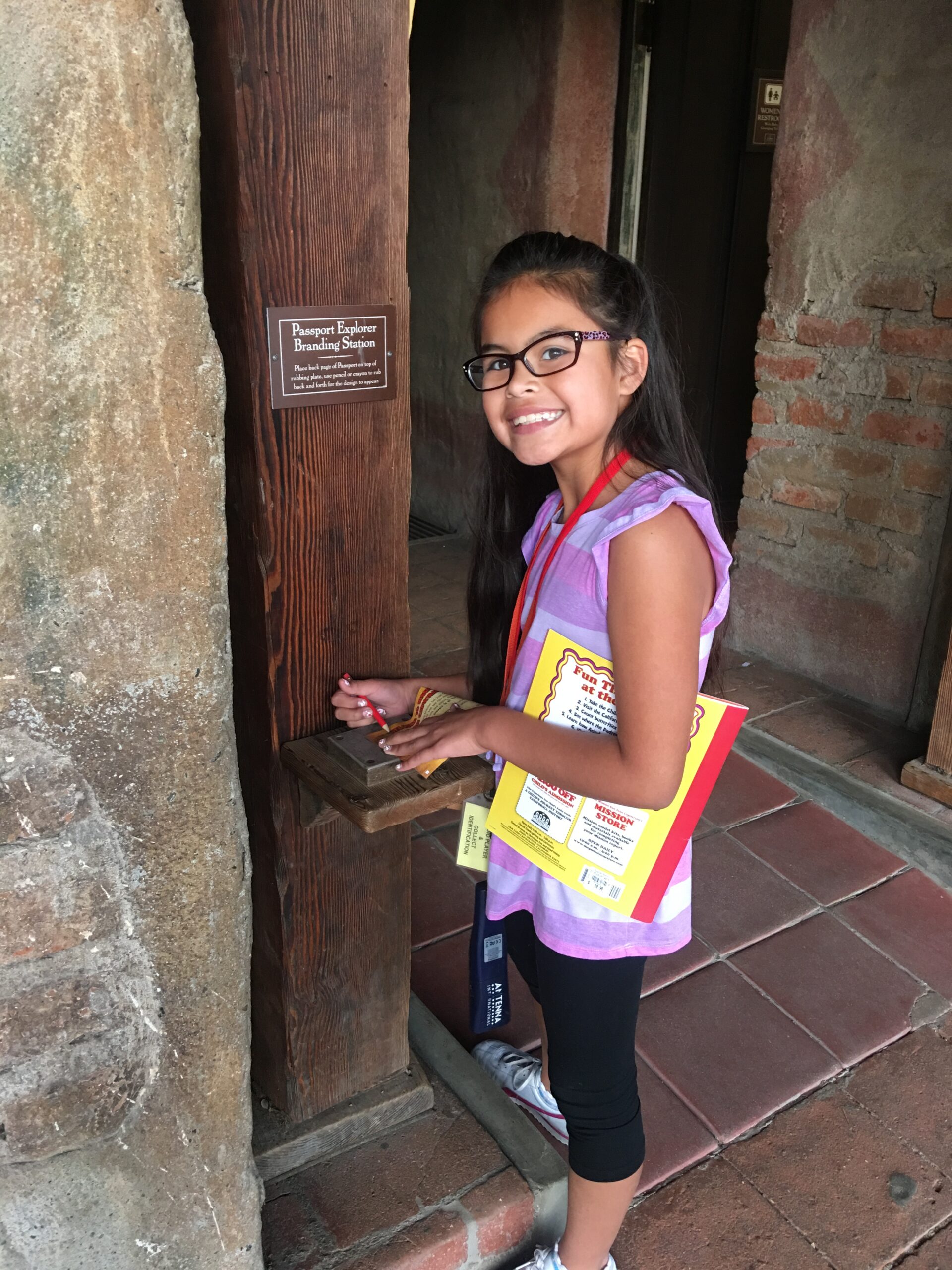
Teaching age-appropriate history lessons is tricky. Providing all the gory details will traumatize kids, but to oversimplify harsh truths is to misinform. There can be an irresistible temptation to present an idealized or romanticized vision of the United States. One consequence might be teaching that people were somehow enriched by learning skills that benefited them, when the reality is they were enslaved, as is the case currently in Florida and their new guidelines in teaching Black history.
“The Mission Project” is an interesting component of fourth-grade curriculum in California. Students are asked to assemble tiny replicas of area missions with cardboard and popsicle sticks or recreate the architecture with delicate constructions of sugar cubes. This is among the few times students will touch on this history or hear any mention of Indigenous people.
As for the missions themselves, they are smaller than one would suppose. There is a calm meditative quality that belies the ugly truth.
According to an American Public Media (APM) research lab analysis, our national myths project an image of who we want to be, not necessarily who we are. These stories, presented as history, are as revealing for what they leave out as much as for what they present.
For example, calling a time period the Age of Discovery makes sense if only the Western view is considered. There was nothing new about the New World as humanity had been present in lands unknown to Europeans for millennia. So, the discovery was like finding a new restaurant in an unfamiliar neighborhood. Of course this is an oversimplification. There was also plunder and colonization.
Janet Bartell, a docent for Mission San Diego provided the typical history one would learn in school or on a visit to the missions. She claimed that the Native people purportedly did not have clothes as they had never seen cloth fabric before. Bartell described the people as nomadic and living in little huts. She claimed they had no agriculture. “When you think of it, the first seeds of agriculture [in California] were planted at mission San Diego,” Bartell said.
In reaction to the recent renaming of Serra High to Canyon Hills High because of Serra’s racist connotations, Bartell suggested that modern people are in no position to judge the missions. She declared that the native people had worse treatment under the United States than Spain.
“Father Serra wanted the native people to be treated like a father would treat a child, as children,” Bartell said.
Diana Ortiz, a professor in Palomar College’s American Indian studies department provided a more detailed account of mission life. She told how the Spanish wanted to have Alta, a Spanish word for upper, California be populated with the subjects of Spain, and were extracting labor to accomplish their other goals.
Ortiz said, “It’s all about getting the land, getting the resources, and then colonizing the natives.”
According to Ortiz, and the Library of Congress, the Spanish primarily employed kidnapping and holding people against their will to extract unpaid labor from them. Native people were not permitted to collect or hunt. Or, if they had permission to leave the missions, they were required to bring what they obtained back to the church. Many were not allowed to leave because once they obtained their freedom, they would never return.
The missions supplanted traditional foods with undigestible milk, foreign grains, and old-world livestock. Dairy rarely was part of native diets, and it harmed their health. There were also records of old-world diseases killing the neophytes, or native converts.
“When you are confined in these places, disease does run rampant,” Ortiz said.
Marina E. Parenti said that one of her goals is to disrupt the story that is being told. She is a professor in Palomar College’s history department.
“There’s a way to tell that narrative… [where it’s not] this whitewashed, Eurocentric view,” Parenti said.
Parenti recounts visiting Mission San Juan Capistrano as an 11-year-old. The mission was so pretty, but even as a child she could see something was ugly. She describes a diorama. There were about 40 figures of skinny, almost naked bodies, working, and one overseer in dark robes.
“I remember we wrote about how great the missions were, and how they gave them jobs, and nobody ever said that their labor was forced and that they were dying of malnutrition,” Parenti said.
After Parenti became a historian, she discovered that the people’s height had been reduced because of malnourishment. Physical abuse marked the bones as well. The evidence is in the mass graves. “Serra would say, I have two great crops. The grain that’s growing… [and] the children [that] were dying. They were going to heaven and that was a crop,” Parenti said.
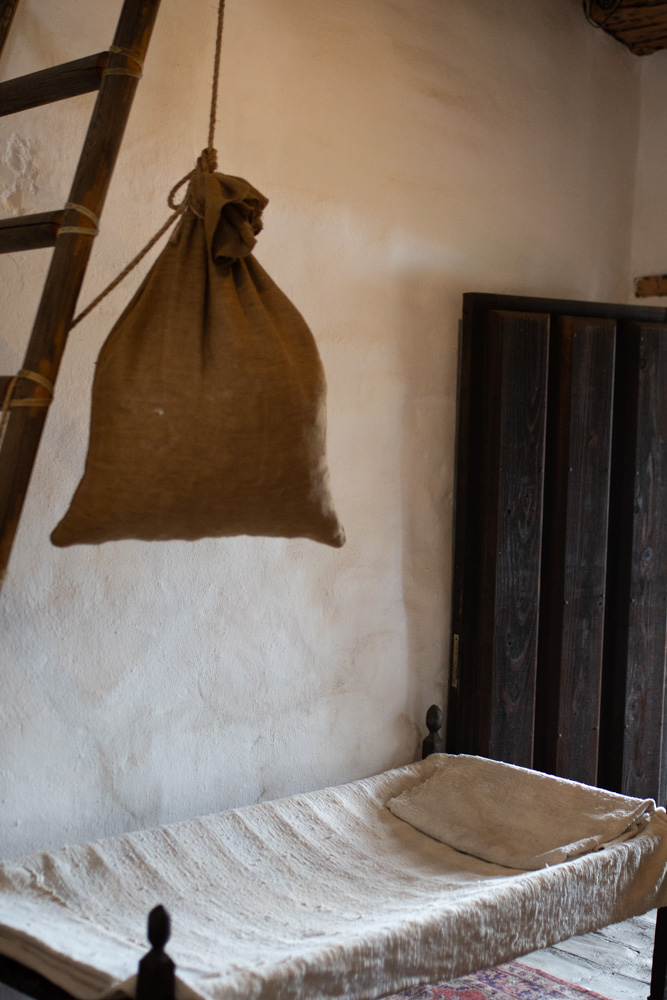
The missions’ stated goals were to civilize the Indians and then return the land to them, Parenti asserted.
However, as they died the missions would pull in more people from the surrounding areas to replace labor. No land was ever returned. According to Parenti, the missions did not fulfill the promise of educating people. No one was taught to read and write.
Despite this, the missions are afforded a place of honor in our history. These places, like plantations in America’s South, were labor camps. Gwin added details to this story.
Gwin called the missions “centers of production” that were factory-like. She described how the neophytes would start and end their day with a sermon and do all the unpaid labor during the day. Women suffered rape. “If they tried to escape, they would be flogged, they would be whipped,” Gwin said.
The missions have this idyllic representation that is more palatable to us, “…because the story of conquest, or settler colonialism, is much more difficult to contend with… We want a story where there’s this inevitability and this kind of natural progression of history,” Gwin said.
European roots were emphasized in California’s story, bypassing Mexican and Indigenous origins. As an example, Gwin points to the creation of Balboa Park, named for a European conquistador who never set foot in California.
This is not just a California tendency. Gwin points out how the “Lost Cause” myth, the myth that the Civil War was about state’s rights and not slavery, held sway in the American South. She said we tell a sanitized story where we are “…the legitimate beneficiary of all the things that we enjoy here as American citizens, you need a story that justifies your role as the beneficiary.” Gwin mentioned “Manifest Destiny,” which the fulfillment of required the extermination of Indigenous people.
Gwin affirms that the Americans’ history after 1848 with natives in California was genocide, citing UCLA’s Benjamin Madley.
Rodolfo Jacobo, PhD., is a Palomar Chicano studies professor and the ethnic studies chair. In the 20th century, Jacobo said, there was a rise of what can be called revisionist history. Traditional history, and the way it was taught and written, was beginning to be examined for biases. Blind spots began to be addressed because the points of view, “from the excluded voices,” Jacobo said, were examined by authors such as Howard Zinn and James W. Lowen.
Jacobo points out that ethnic studies examine the experience of non-white Americans. “If our history books are mirrors… it doesn’t look like us,” Jacobo said.
“I think traditional history is very convenient,” Jacobo said. Consider national anthems. “No anthem says bad things about countries,” Jacobo said.
Jacobo talked about historical amnesia, forgetting or ignoring history. It involves a need to see only positive images and experiences and denies the experience or reality of other people. Holocaust deniers, or those who would say enslavement had its good side, were examples.
Some students would not accept the facts of history, and say it was being made up. The ethnic studies department would get hate mail. Jacobo points out the contradiction in the United States being so anti-immigrant yet is a nation of immigrants. Jacobo’s immigrant parents came to this country with nothing and worked hard to provide their children a better life. It is a classic story of the American Dream that somehow offends traditional historians.
However, the past connects to, and influences, the present. Jacobo recounts a conversation with a student whose parents were from Oaxaca, which has a significant Indigenous population and had its own mission issues. The student had never been there and felt no connection to it. Jacobo reminded her that what she eats, her family practices and traditions, everything was influenced by Oaxaca. Jacobo told the student, “Maybe you were never down there, but down there has been with you every day of your life.”
One may argue that worldwide expansion by the West was inevitable. The search for trade routes and spices, and the competition between empires were a driving force. The express permission the Catholic church and European kings gave fortune hunters to steal from non-Christians, and the evangelical mission of various religious sects had a hand in what occurred. The Charter of New England (1620) called for the acquisition of land from “sea to sea,” while the Doctrine of Discovery still has a hold on our current legal system. It was cited as recently as 2005 in City of Sherrill v. Oneida Indian Nation of New York.
The Royal Road or El Camino Real is a myth. The missions were not built one after another within a day’s walking distance but rather in a more nonlinear fashion, Ortiz noted. They were becoming a tourist attraction as a business producing bells amped up the story, Ortiz stated. The missions were rebuilt due to New Deal Works Progress Administration (WPA) projects.
The mission period was 64 years. The missions controlled 12% of the surface area of California and captured 9% of the Indigenous population. Most had fallen into ruin until the Americans decided to
hype them as history evoking European roots.
The popular story of history, told primarily by non-Indians, suggests that American Indians existed only in the past. This story also does not ascribe full humanity to every person who is not also white. As Ortiz suggests, it can overlook, and denigrate knowledge and practices like Traditional Ecological Knowledge. History’s mission can appear to justify rather than explain.

